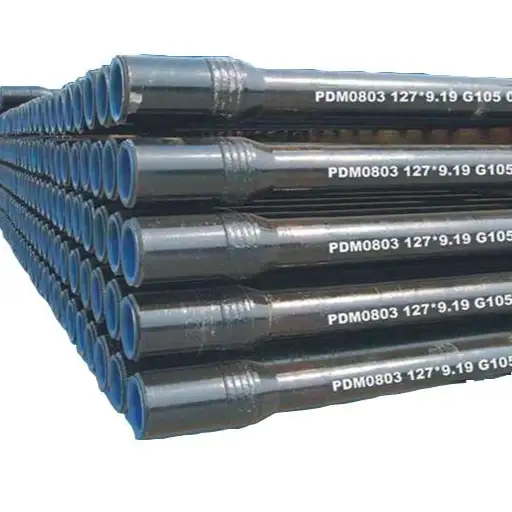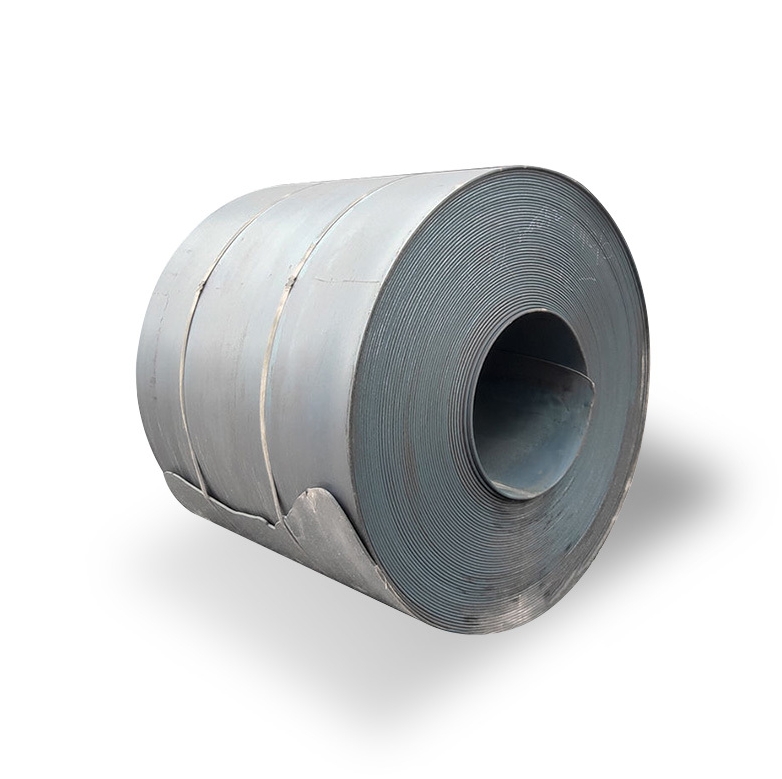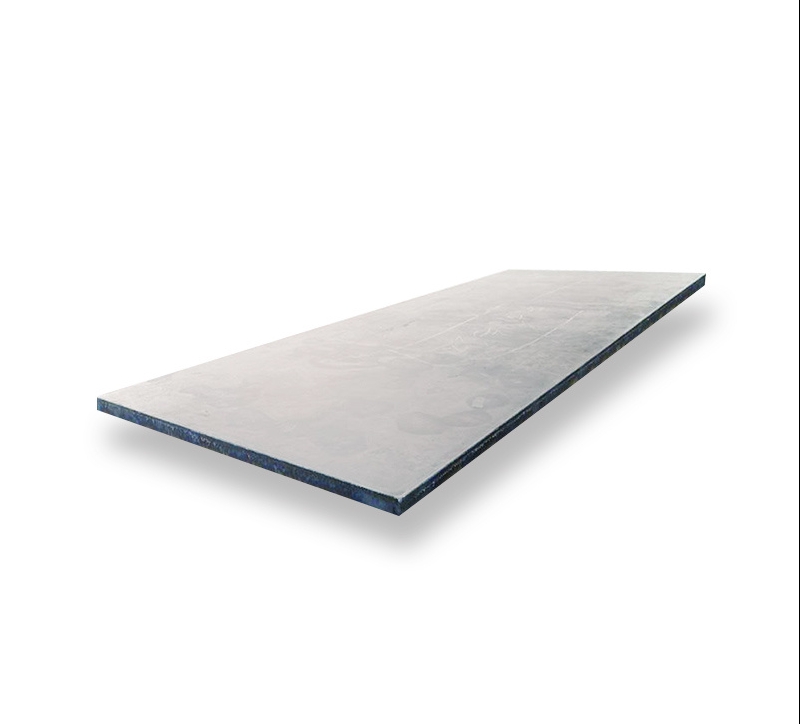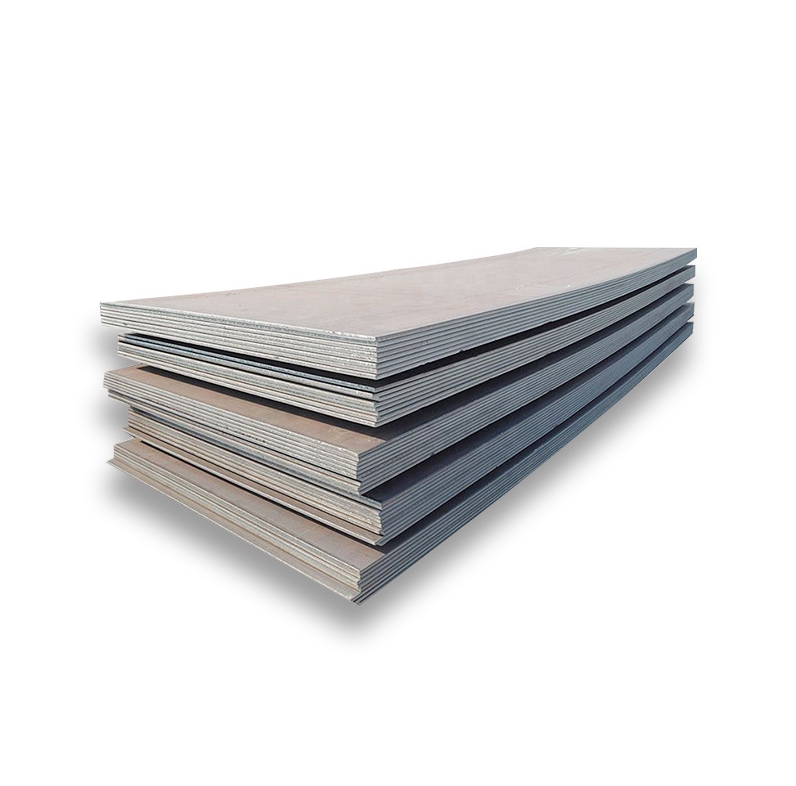In 2025 the market for ASTM A514 (T-1) high-yield quenched & tempered carbon steel plate remains niche and premium compared with commodity hot-rolled plate. Typical transaction prices for A514 vary widely by region, mill lead time, thickness, grade and volume: roughly US$900–1,250 per metric tonne in North America (spot/plate indexes), US$550–800/MT in parts of China (export/supplier offers), and US$600–800/MT in India (domestic plate indexes). Buyers should expect added freight, inspection, and certification premiums for small orders or traceable mill test reports.
Executive summary and headline pricing
We supply A514 plates to global projects and monitor bids daily. Buyers in 2025 will find A514 priced above commodity plate because it requires quenching, tempering and tighter chemistry control. For immediate planning we use the following working ranges (all prices are indicative, ex-works or mill-offer, and exclude VAT/taxes, cutting, coating and freight):
-
United States (domestic mills / stockists): ~US$900–1,250 / metric tonne (spot plate indexes and plate distributors).
-
China (export offers / domestic suppliers): ~US$550–800 / MT on supplier listings; small orders and certified plate can sit at upper end.
-
India (domestic plate markets): ~US$600–800 / MT depending on grade and availability — India index data and market reports show plate trading in this band in mid-2025.
-
Europe: prices fluctuate; European producers emphasize certified heavy plate and some grades carry a premium compared with Asian import offers. Market context (tariffs, energy) can push European offers higher versus China.
These headline ranges are intentionally broad; A514 yield/grade (B, E, F, H, Q, S, P, etc.), plate thickness and quantity change unit cost significantly. The ASTM specification sets mechanical minimums and heat-treatment requirements that mills must meet.
What is ASTM A514?
A514 is the ASTM standard for high-yield strength, quenched and tempered alloy steel plate suitable for welding. The standard covers plates intended primarily for welded structures with yield strengths typically at or above 100 ksi (for certain thickness ranges). The specification is widely used where high strength and weldability are required — examples include crane booms, heavy machinery frames, structural members for mobile equipment and certain bridge components. The standard and its committee notes are the authority for chemical, mechanical and heat treatment requirements.
Mechanical and chemical characteristics
We focus on the practical performance figures procurement teams ask for:
-
Yield strength: For plates up to 2.50 in (≈63.5 mm), minimum yield is typically 100 ksi (~690 MPa). For thicker plates the minimum often drops to 90 ksi (~620 MPa).
-
Tensile strength: Typical ultimate tensile values are in the range 100–130 ksi depending on grade and thickness.
-
Heat treatment: Plates are quenched and tempered to achieve the required strength and impact properties. This processing raises production cost relative to plain hot-rolled carbon plate.
Because A514 is a specialty alloy-steel plate, chemistry (carbon, manganese, alloying elements) is controlled to balance strength and toughness; mills perform Charpy/V-notch testing when specified.
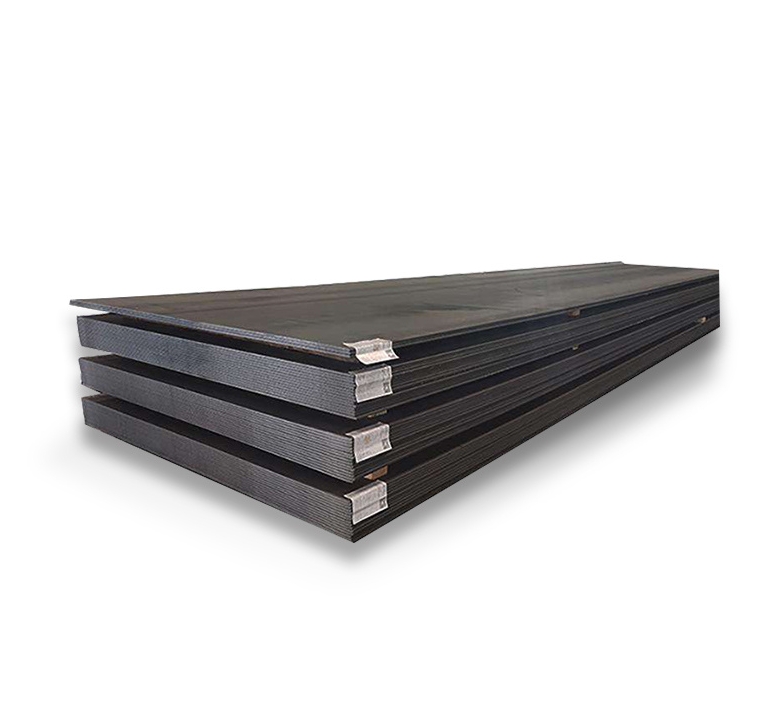
Grades, thickness limits, and naming conventions
The A514 specification lists multiple grades (commonly labeled A, B, E, F, H, Q, S, P, M in certain references). In practice buyers often see the plate marketed as A514 T-1 or “T1” (an older trade name), but true compliance should reference ASTM A514/A514M and the particular grade and thickness range. Not every grade is available in every thickness — confirm allowable thickness table with the mill or mill certificate.
Why A514 costs more than ordinary hot-rolled plate
Cost premiums come from several technical and supply factors:
-
Process cost: Quenching and tempering require controlled furnaces, faster cycle times and post-treatment QA.
-
Chemical control & testing: Tight alloy tolerances and mandatory mechanical tests add cost.
-
Lower production volumes: A514 is produced in smaller volumes versus commodity grades, so mills charge a premium.
-
Certification & traceability: Mill Test Reports (MTRs), Charpy impact data and third-party inspection increase seller cost.
-
Higher scrap / yield considerations: Producing higher-strength plate with low defect rates requires more careful melt and rolling control.
2025 global price snapshot
Below is a concise regional snapshot for planning. Prices are indicative ranges based on supplier offers, public plate price monitoring and market reports in mid-2025. Unit: USD per metric tonne (MT). Always request an up-to-date formal quote.
| Region | Indicative A514 price (USD/MT) | Notes / drivers |
|---|---|---|
| United States | 900 – 1,250 | Domestic plate indexes, mill price actions and distributor leads; tariffs and logistics affect final landed cost. |
| China (export/domestic supplier offers) | 550 – 800 | Supplier listings and export offers show lower baseline but quality/certification cost may push upward. |
| India (domestic plate) | 600 – 800 | Market reports and national plate indexes show mid-band pricing; import flows and local mills influence levels. |
| Europe | 700 – 1,100+ | European producers may quote higher for certified heavy plate; energy costs and regional demand matter. |
Main market drivers (short): feedstock (scrap, iron ore) pricing, mill capacity and maintenance, regional trade measures (tariffs, quotas), freight and container availability, and demand from construction and heavy equipment sectors. Plate indexes and mill list prices move with these variables.
How thickness, grade and heat treatment change price
We price by net ton, but real pricing is granular:
-
Thickness: thicker plates often cost more per tonne due to slower production throughput and lower yields for specialty grades above certain thicknesses.
-
Grade: some A514 grades are more alloyed or require special impact testing at low temperature — that will add cost.
-
Finish & cut-to-size: mill finish plus shearing or plate cutting increases the buyer price.
-
Certification: a mill test report (MTR) or additional third-party testing (UT, PMI, Charpy) add to cost.
-
Small orders: LCL orders or sample plates carry higher per-ton handling and documentation fees.
Practically, asking for a 1–2 ton order with full MTR and Charpy will carry a higher per-ton price than 50–200 tonne contracts.
Mill inventory, lead times and seasonal effects
We recommend buyers plan for variable lead times:
-
Stock availability: Certain distributors maintain A514 stock in popular thicknesses (3/16″ – 1″), but heavy sections or special grades might require 4–12 week mill lead times. Distributor pages show immediate sizes but often hide lead-time quotes.
-
Seasonality: Projects that align with peak construction seasons can see longer lead times.
-
Mill schedules: Planned shuts and maintenance can shift offers and move prices upward.
Import/export factors, tariffs, logistics and landed cost
Recent trade actions and energy cost shifts have altered landed cost dynamics:
-
Tariffs & trade measures: U.S./EU import measures or temporary quotas can widen the price gap between domestic and imported plate. Buyers need to calculate duty, antidumping, and administrative fees. News articles and industry reporting highlight how tariffs changed flows in 2025.
-
Freight & logistics: Sea freight, container shortages, inland trucking and demurrage fees can add a notable premium to CIF/Landed cost.
-
Currency & payment terms: FX moves and the buyer’s payment instruments (L/C, T/T) further affect landed prices.
Typical commercial terms, sampling and testing that affect price
To secure a competitive and safe purchase, contract terms matter:
-
MTRs & certificates: Request full ASTM-compliant MTRs (heat number traceability). Sellers often add a fee for full third-party inspections.
-
Impact testing: If low-temperature performance is required, specify Charpy V-notch requirements and the acceptance criteria.
-
Welding guidance: Include preheat/post-weld heat-treat notes if welding is part of the scope.
-
Acceptance sampling: Agree upon the number of plates per lot to be sampled for destructive testing.
-
Packing and shipping: Sea-secure skids, rust preventive oil and certificate copies all add cost.
Buying strategies — how we recommend clients approach purchases
From our procurement experience with heavy equipment makers and EPC firms:
-
Consolidate volumes: Larger, periodic contracts reduce per-ton handling and testing fees.
-
Buy forward when possible: If project schedule allows, forward contracts or allocation agreements with mills lock price and reduce exposure.
-
Source regionally for speed: When deadlines are tight, domestic stockists provide faster turnaround despite higher unit price.
-
Specify only what you need: Over-specifying impact or mill process steps increases cost; balance technical need with price.
-
Request competing quotes: Ask for price breakdown (plate, testing, packaging, freight) and push for MTR pass-through; this improves transparency.
Quality, inspection and traceability checklist
When we accept supplier quotes, these items are non-negotiable:
-
ASTM A514/A514M referenced on the PO.
-
Grade and thickness clearly stated (e.g., A514 Gr. F, 1.25″ thick).
-
Full Mill Test Report (EN/ASTM format) with heat number traceability.
-
Charpy V-notch report if required.
-
Hardness and tensile test results included.
-
Visual/UT inspection acceptance level.
-
Packing list and photos before shipment.
-
Third-party inspection when buyer demands.
FAQs
Q1 — Is A514 the same as T-1 plate?
They are often used interchangeably in trade. “T-1” remains a common commercial name, but specification compliance should cite ASTM A514/A514M and the grade. Confirm the grade letter and test certificates.
Q2 — Why do prices vary so much between suppliers?
Variation comes from grade availability, mill capacity, required certificates, order size, regional tariffs and logistics. Small orders and extra testing push per-ton prices higher.
Q3 — Can A514 be welded easily on site?
Yes, A514 is made for structural welding, but proper filler material, preheat and welding procedures must be followed. For critical fabrications use qualified welding procedures and refer to the alloy’s heat-treatment notes.
Q4 — Do we need Charpy impact tests?
If service includes low temperatures or impact exposure, specify Charpy V-notch acceptance levels on the PO. Tests add cost but reduce risk for brittle failure.
Q5 — How often should buyers re-price A514 for tenders?
Given market volatility in 2025, re-pricing every 30–90 days for long procurements is prudent. For short-term project buys a firm mill quote with a set validity period is essential. Market indexes and mill announcements are helpful references.





